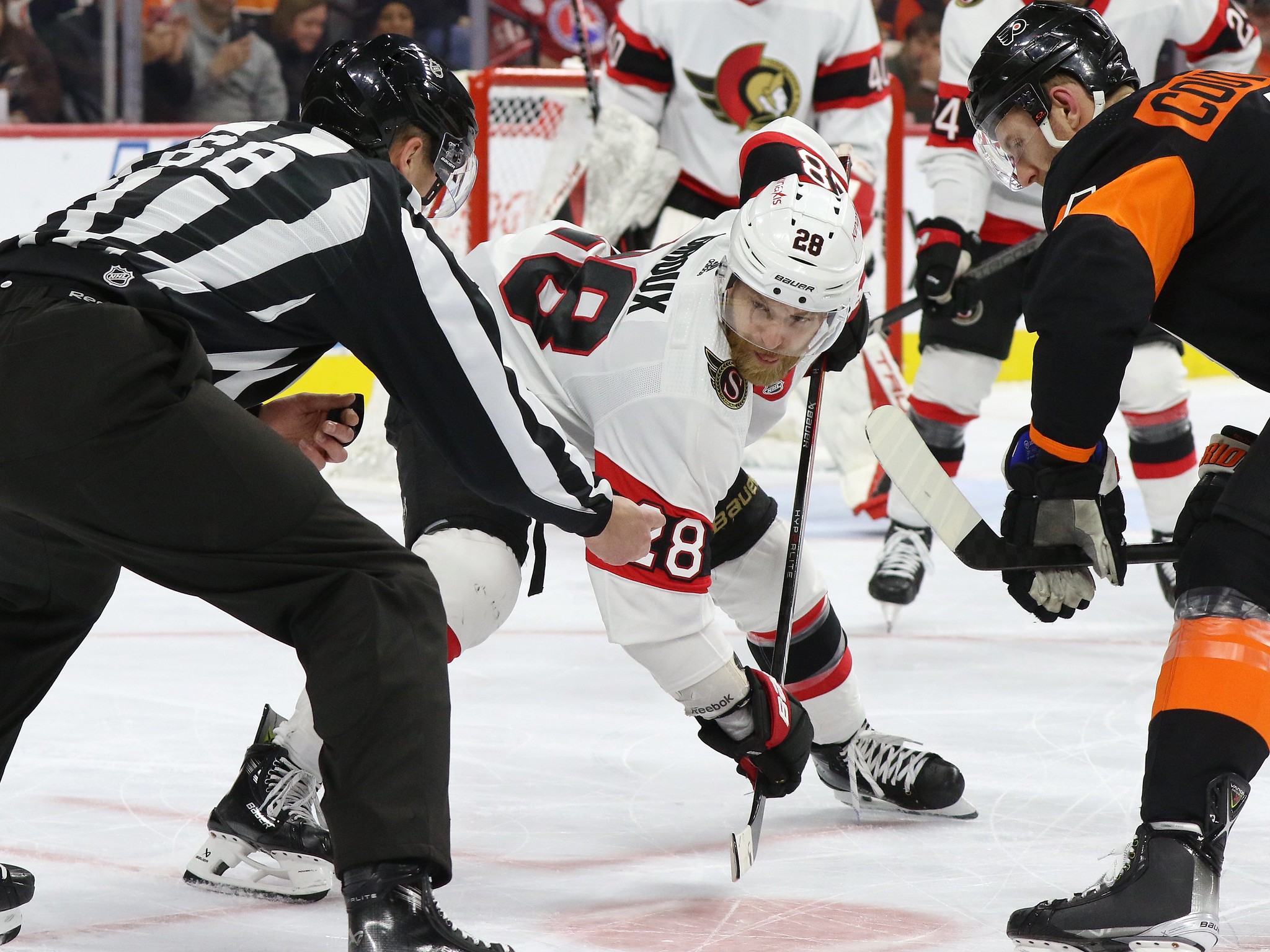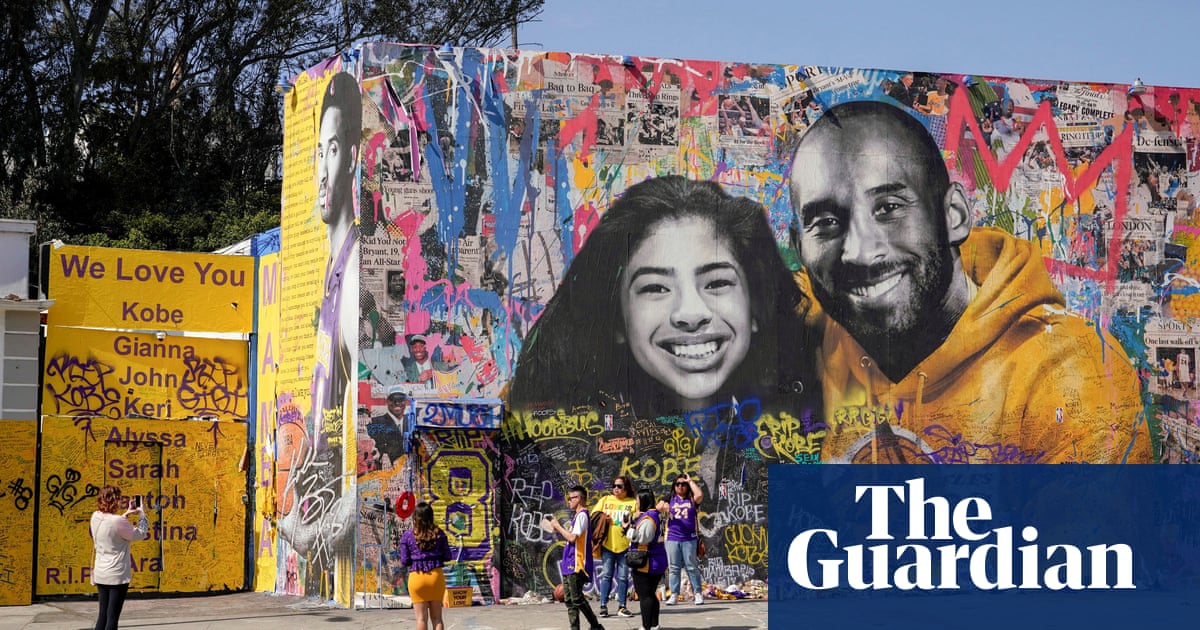For the NDP, a gut-wrenching loss with a period of soul searching to follow
In the end, the New Democratic Party was no match for the threat U.S. President Donald Trump posed to Canada. And to a lesser extent, it didn’t have an answer for a Conservative Party led by an extremely effective communicator in Pierre Poilievre, who spoke to the issues that animated a lot of New Democrats, like bringing down the cost of groceries and heating bills, making housing more affordable and dealing with rampant crime. NDP Leader Jagmeet Singh and his party didn’t have the firepower or the ideas or strategic battle plan to take on those forces. Election night in Canada was just bad for the NDP all around. Mr. Singh lost his own seat and announced he will be stepping down as leader. Any attempts to hang on would have been a farce. It is time for a new leader and, frankly, it might have been time before the last election. The party only won seven seats Monday, although the results remain unofficial. It needed 12 to maintain official party status, with the money and resources that come with it. That hurts. I will say this about Mr. Singh: he is a fundamentally decent human being who embodies the kindness and humility of the great Jack Layton. He showed remarkable class in defeat. “I want to congratulate Prime Minister Carney on his victory,” said Mr. Singh, who often fought back tears during his speech to supporters. “Tonight, and every night, all of us are on Team Canada. We want Canada to thrive and we’re going to continue to fight for Canada.” The NDP may have an important role to play in that fight. While the final, authorized tally is still some time away, it’s clear the Liberals are in a minority position and the party may well need to turn to the New Democrats for support. This, in turn, could be an opportunity for the NDP to push for expanded pharmacare and dental care programs, or green-energy initiatives. There should be some gains for which they can take credit. But as the New Democrats just learned, the minority party in power-sharing arrangements often loses out in the end. For instance, the party received little to no tangible benefit for the role it played in the pharmacare and dental care initiatives brought in under Justin Trudeau as part of the two parties’ supply-and-confidence agreement, signed in 2022. If anything, the NDP might have been penalized for propping up a government, and a prime minister, detested by the broader electorate. Most analyses of this election, however, will conclude that the majority of voters saw this as a binary choice between two visions of Canada at a critical time in the country’s history. People felt comfortable with Mark Carney as Prime Minister, with his distinguished record in pressure-filled jobs when the stakes were at their highest. In other words, the best person to sit across a negotiating table with the mercurial Mr. Trump. But many Canadians were also lured by the gravitational pull of Mr. Poilievre, who spoke to cost-of-living issues better than Mr. Singh or Mr. Carney. There is little doubt that the Conservatives also benefitted from vote splitting between New Democrats and Liberals. The NDP ended up with 6.3 per cent of the popular vote. The last time the party fell under the 10-per-cent mark was in 2000, under Alexa McDonough. The hard truth is the New Democrats have been on a steady decline since Mr. Layton led them to 103 seats, with more than 30 per cent of the popular vote and 4.5 million ballots cast for them in 2011. Preliminary results show the NDP with roughly 1.2 million votes this time around. Somehow, 3.3 million votes have disappeared in 14 years. The NDP must now enter a period of sober and honest introspection. The party needs to ask itself what it wants to be. Does it have serious ambitions to be the official opposition again, laying the groundwork to become government one day? Or is the more realistic choice to remain the party that fights for climate change and social justice issues and expanding the social-safety net that continues to be a priority for hundreds of thousands of Canadians? It is difficult to try and fashion a party designed to be elected government that has a policy platform that dramatically tilts to the left. “Canadians want to be governed from the centre,” former B.C. NDP premier John Horgan once told me. And he’s right. It can be centre-right, or centre-left, but the vast majority of us live in the centre ideologically. And the NDP needs to decide where it wants to live going forward.


















